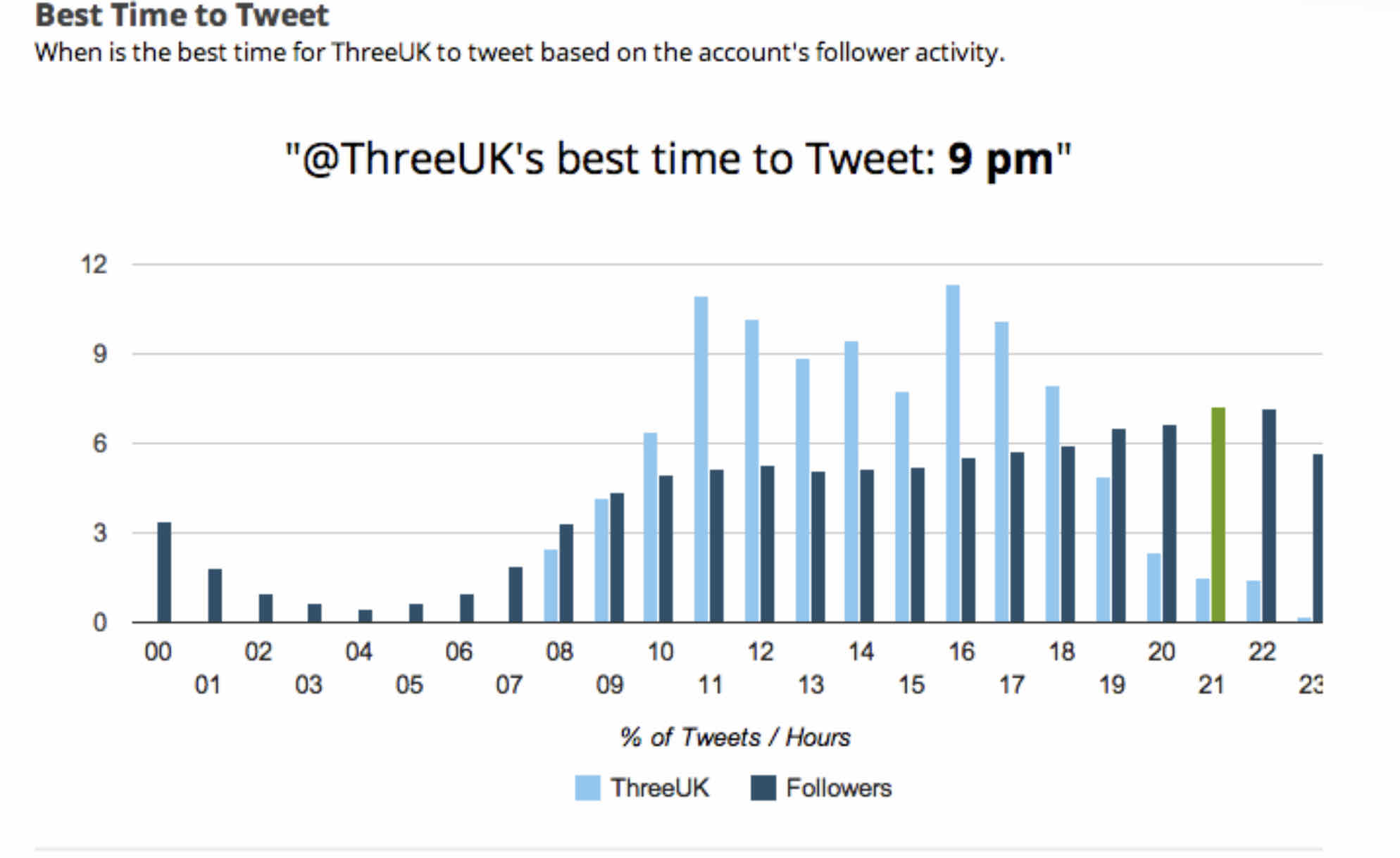A shop owner wouldn’t shut his store when a customer is about to buy something. So why do thousands of businesses close down their social media activities right when consumers need them most?
Over the last few years, businesses large and small have flocked to engage with users through Twitter and Facebook. To win new customers and retain existing ones, many companies now employ dozens of social media handlers.
Unfortunately, I carry bad tidings – a lot of their time and money is being thrown away. In their rush to embrace the emerging cult of “social”, many brands have forgotten to underpin their online activities with the same core tenet which cements their other marketing activities – reach the right consumer at the right time with the right message.
Stream-based media are problematic. Carefully-crafted status updates become ephemeral, sent in to the ether but often never reaching their intended targets, even those who have chosen to follow.

This in-built inefficiency means brands must work hard to use the social social when consumers are most likely to be receptive. This golden period may be different for your brand than for another. But one thing is clear – in today’s 24/7 mobile world, companies should no longer confine themselves to office hours.
Someone tell that to British Airways. Since most of its flights depart at night, its biggest customer service window is likely to be evening. Yet BA only staffs its Twitter stream 9am to 5pm, Monday to Friday. For a global industry such as aviation, keeping office hours no longer cuts the mustard.
Knowing when your targets are most likely to be paying attention is critical. Data I crunched shows Three’s followers are active mostly during TV prime-time and until bedtime – but the mobile operator mostly tweets during the day. It is missing the opportunity to maximise its audience and to connect further with its current advertising campaigns.
Brands congratulate themselves that they have embarked on a “social” journey – but too many of them are operating at times that are convenient for them and not for their customers.
Examples of brands getting things right are few and far between, but the best comes from an unlikely source – some of the UK’s train operating companies do a sterling job of responding to frustrated customers’ tweets, staffing up at busy times and allowing National Rail Enquiries staff to take over, for uninterrupted service, outside of their own core working hours.
Beside the golden window for maximum audience receptiveness, there is also a black zone which brands should avoid. For example. if you were Mothercare, you would not focus your Twitter activity at 3pm, when many parents are off on the school run.
The data to understand these crucial zones is freely available from the social platforms, but difficult to piece together. That is why we founded BirdSong, an analytics suite to bring it all together.
However, marketers don’t necessarily need to rush to adopt another platform to bring their social journey back on-path. Simply asking basic questions that were overlooked at the inception of your social strategy can be the best way to eliminate wasted effort. Go back to basics: When are users most likely to want to talk to you?